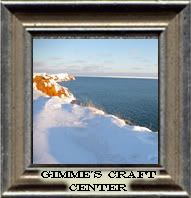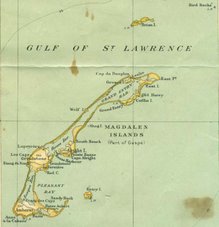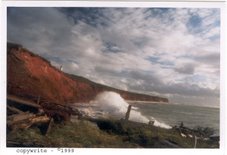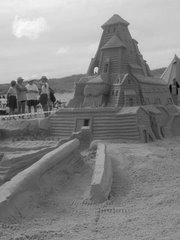The SEDNA IV Moves To Gaspe
The legendary ship will go into dry dock of the Maritime Shipyards Forillon in order to prepare for a two year scientific voyage around the world.
The man responsible for the Sedna IV’s missions, Jean Lemire, wishes to give leave to his crew, “The Sedna IV has become an ambassador who sails the world and we like that the scientific crew has a regional base. Why not the Gaspesia?”
The foundation of the Sedna IV has considered buying a house in Gaspe to create a museum. “There are many projects. We hope that we will be able to announce something soon. But the idea is to have a base port in the region,” commented Jean Lemire.
The Sedna IV is a steel sailing ship with three masts, which is 51 meters long. She was constructed in 1957, in Germany and underwent a complete refit in 1992 to respond to the needs of her private owner.
Acquired in June 2001 by a group of Canadian men of action, it has traveled the northern oceans and the Australian waters and has accumulated oceanographic missions, of which the Antarctic in the most popular.
The next mission, which will take on the loss of biodiversity and the access of potable water, is foreseen for 2010.
This is a surprise! The Sedna IV was supposed to be based in Grand Entry harbour. In fact, the new section of the harbour built in 2003 was made to accommodate the ship's berth. The company had bought the bar at Grand Entry Point to retain the records of the scientific escapades of the ship. Then they tore the historic bulding down after moving several small businesses out, all of which never recuperated. To my knowledge the ship was never brought to Grand Entry, not even for a visit. Occasionally she would appear in Grindstone harbour and tours would be given by the crew. The Sedna IV is a beautiful tall ship!
The ship sailed the Northwest passage in 2003.















